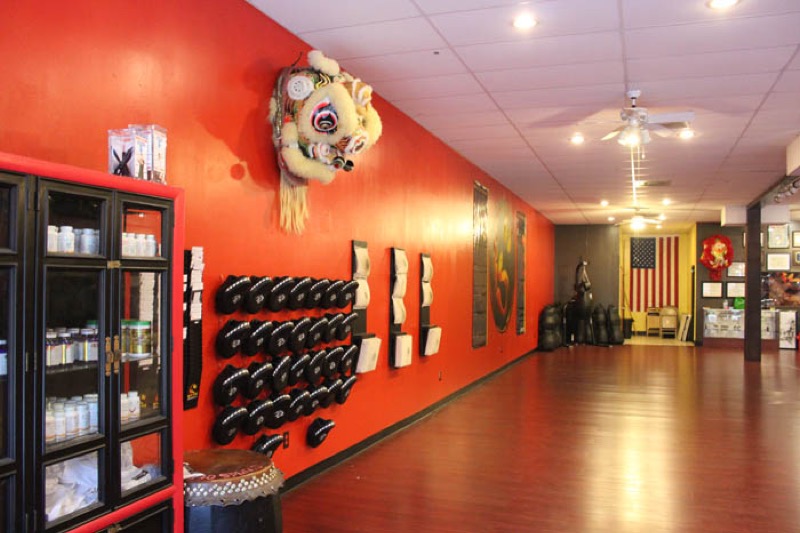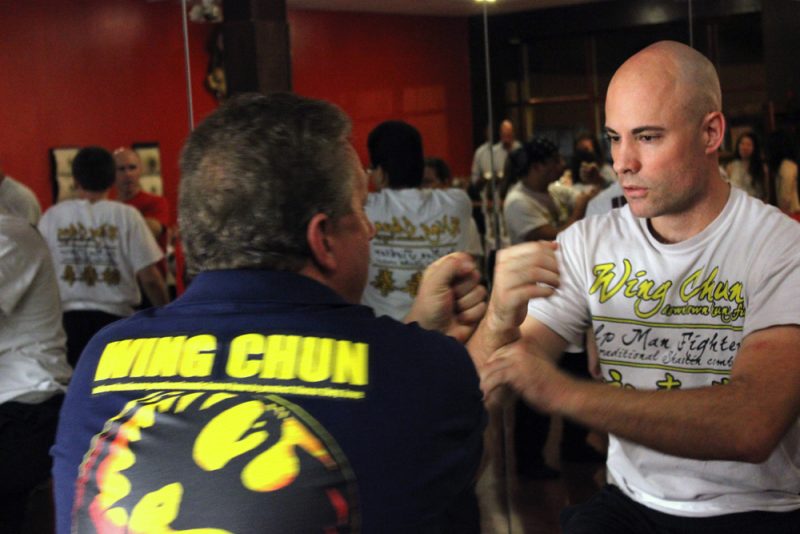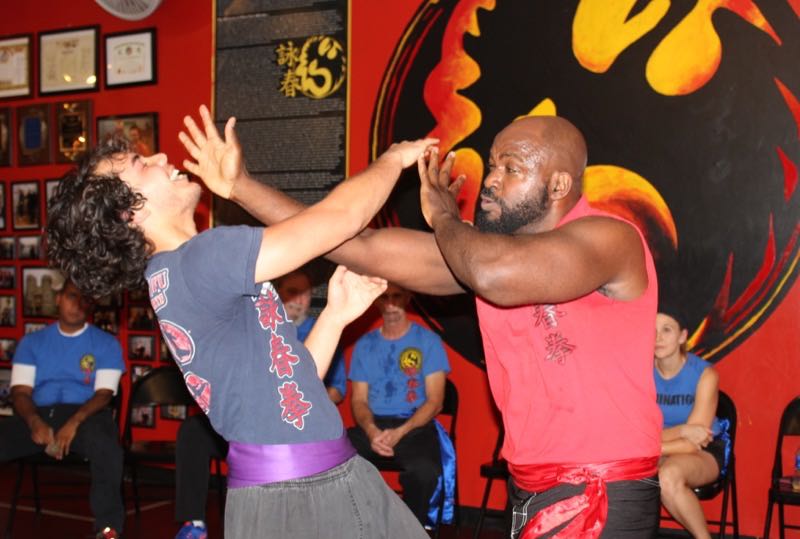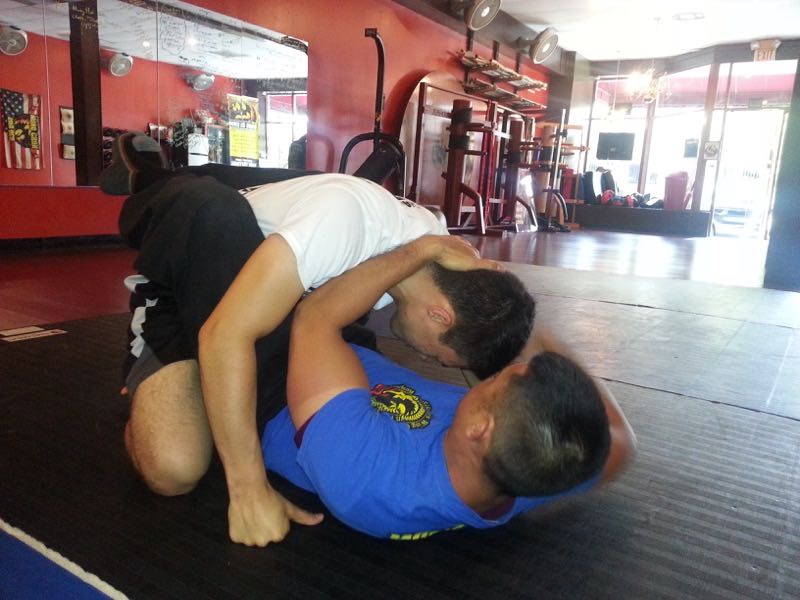The title of this article may seem like an odd question, but it is something everyone should ask themselves. This is only for their own benefit and health. Safety in this respect refers to the physical environment, cleanliness, and set up of the martial arts school. There are certain warning signs and things you should take note of. Not only should you observe when you looking for a school but even after you enroll.
So what should you be looking for when you enter a martial arts school to ensure that it is going to be a healthy place to train:
Look at the physical arrangement of the studio
Is the training area around anything that you could bump into, trip over, fall on, be pushed into, etc. (Chairs, weights, brooms, tables, training equipment, other students bags/gear?) A responsible martial arts school will have specified places for these items. They will also be sure that those items are kept there to ensure the safety of the students.
Are there mirrors in the studio? If so, are they far enough away to not cause injury? Most studios are going to have windows to let in light and to allow the public to be attracted to what is going on inside. However, all training should occur well away from any windows to avoid potential accidents.

Look at the training floor
Wherever you will be doing your martial arts training, you need to be sure that the floor is going to be safe. Concrete floors, or floors covered with only a thin matting are a red alert that your safety may not be a high priority at the studio. If you were taken down, swept off your feet, or knocked down doing a technique, would you feel safe landing on the training floor? (Sifu Och Wing Chun has professional martial arts mats covering our training area so our
Also, does the floor look clean? If there are mats on the training floor, it is essential that the mats are cleaned with a hospital grade disinfectant on a regular basis. Martial arts mats can be breeding grounds for staphylococcus and other communicable skin diseases. (At Sifu Och Wing Chun we sweep and disinfect our floor, mats, and bathrooms a minimum of 2 times a week for the health and safety of our students.)
Use your nose and your eyes. Does the martial arts studio look or smell moldy or foul? Can you see dirt on the floor, can you smell garbage that needs to be taken out, are the bathrooms in a clean state? If you are in doubt about the cleanliness of the studio that you are looking to train in, ASK! Your safety should be as important to the owner of the martial arts school as it is to you! If you feel uncomfortable about anything when you visit a training studio, trust your gut and find a place that makes the safety of its students a top priority!
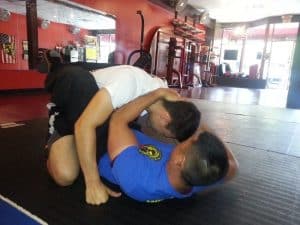
Safe sparring
As a side note, sparring also needs to be addressed. The area where sparring is done should be void of windows, concrete, or thin mats which could injure individuals. If they are are taken down, get swept, thrown, or fall these areas could cause serious damage. Halt training if the place you are at has hazards to you before they become a injury. Along with location you should also check equipment every time. The death of a martial artist is inactivity. That inactivity should never be because of an injury due to faulty equipment.
Just as your training requires discipline, so should your safety.

